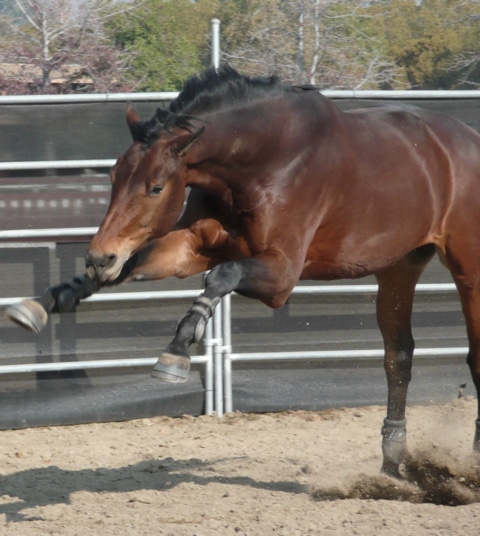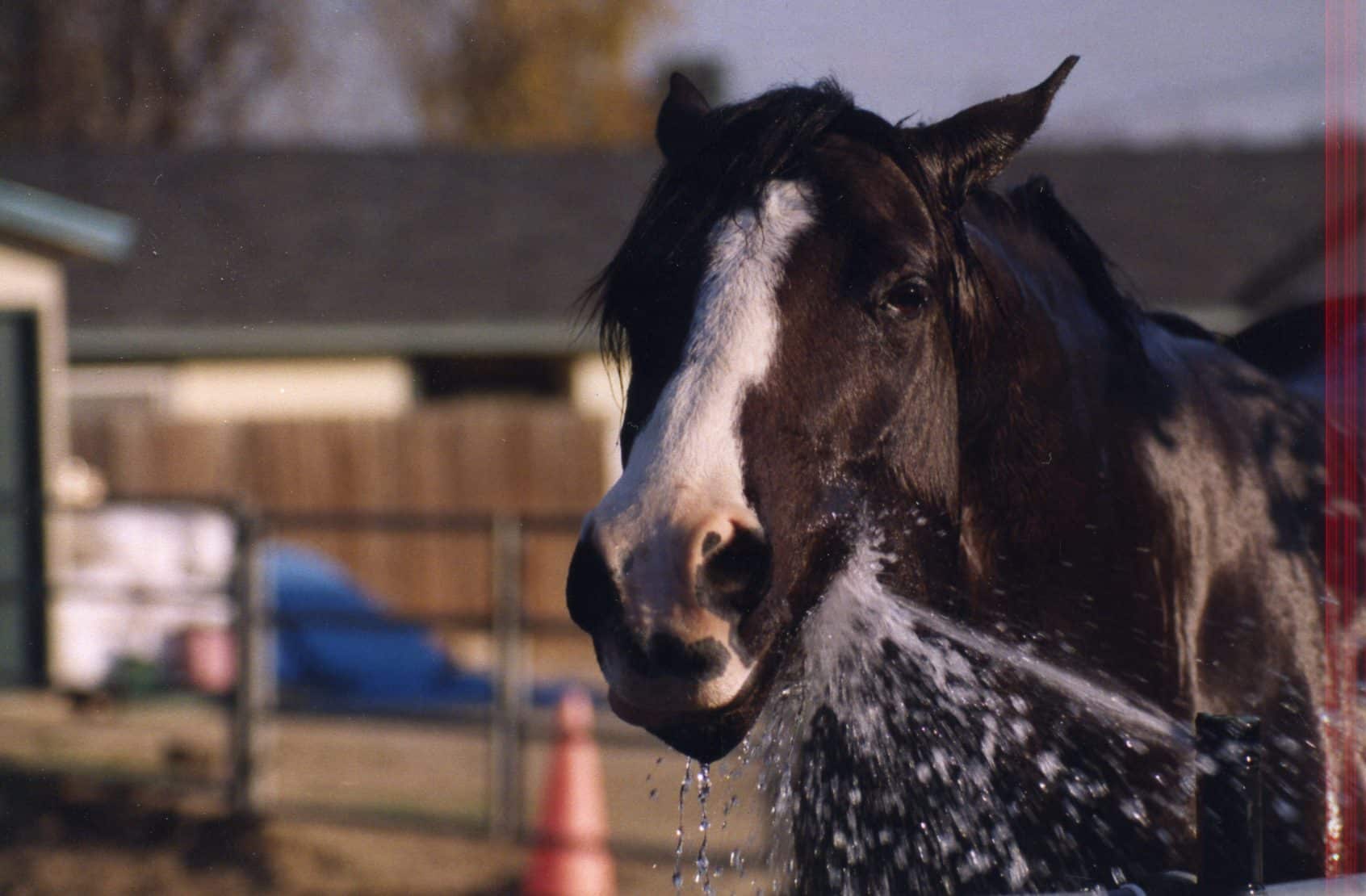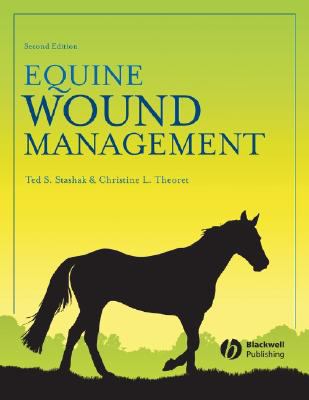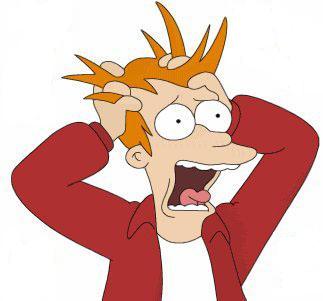 So, you’re leaving the barn. You get into your car, and start the engine. Then, suddenly, your friend comes up and starts pounding on your window. Startled, you roll down the window, and ask, “What?”
So, you’re leaving the barn. You get into your car, and start the engine. Then, suddenly, your friend comes up and starts pounding on your window. Startled, you roll down the window, and ask, “What?”
Your panicked friend exclaims, “What are you doing? Don’t you know you could be killed?”
Truthfully, what would you think?
The fact of the matter is that your friend is correct. Death is a side effect of driving cars. In fact, in the United States, over 30,000 people a year are killed in automobile accidents (I sincerely hope this has not happened to your family, or to anyone that you know). However, no one thinks about this terrible side effect because it happens so rarely. It’s not that the side effect doesn’t exist, it’s that it’s so rare that nobody really thinks about it before getting into their cars.
I quite commonly run to clients who have a very real – albeit unwarranted – fear of certain medications. Due to the rapid dissemination of misinformation that is one of the unintended consequences of the internet, some horse owners seem to be convinced that certain medications – in particular phenybutazone and dexamethasone – are dangerous drugs that pose a considerable risk to the health of their horse(s). That’s just not so. Honestly, for most medications – especially the common ones used for horses – side effects just aren’t common.
You see, it’s not the fact that side effects occur that is (or should be) the problem. The important question is, “How often does the side effect occur?” When it comes to deciding whether you’re going to give substance to your horse, that’s the question you should be asking.
Let’s talk about the two “problem” drugs that seem to be of great concern.
 Phenylbutazone (“bute”) is arguably the most commonly prescribed drug for horses on the planet. My guess is that whether by injection, paste, pill, or powder, more bute is given to horses than all other medications combined. It’s a non-steroidal anti-inflammatory drug, used for treatment of just about anything that’s painful, including muscles, tendons, and joints, as well as for conditions such as laminitis. It’s also a very effective antipyretic, that is, it controls fever. It has three things about it that makes it an almost ideal drug; it is effective, it is cheap, and it is very safe at the commonly recommended dosages. I mean, really, when it comes to a drug, what else do you want?
Phenylbutazone (“bute”) is arguably the most commonly prescribed drug for horses on the planet. My guess is that whether by injection, paste, pill, or powder, more bute is given to horses than all other medications combined. It’s a non-steroidal anti-inflammatory drug, used for treatment of just about anything that’s painful, including muscles, tendons, and joints, as well as for conditions such as laminitis. It’s also a very effective antipyretic, that is, it controls fever. It has three things about it that makes it an almost ideal drug; it is effective, it is cheap, and it is very safe at the commonly recommended dosages. I mean, really, when it comes to a drug, what else do you want?
That said, bute – like all effective drugs – does have occasional side effects. Two types of adverse side effects have been reported in the horse: gastrointestinal (causing ulcers of the mouth, stomach, or intestines) and renal (on the kidney). The side effects are most commonly reported in foals and ponies; adverse effects are rarely reported in adult large‑breed horses. It’s thought that oral ulcers may occur as a result of some local effect of irritation from high concentrations of the drug; oral ulcers are rarely seen when it’s given in the vein (IV). Ulceration of the stomach and intestinal tract is like due to systemic effects. The kidney side effects most commonly occur when horses aren’t adequately hydrated, when they have kidney disease, or when other medications that also affect the kidneys are given at the same time. Side effects also may occur with increasing doses; doubling the recommended doses (which is as much as 2 grams twice daily) increases the potential for side effects. But the bottom line is that, at the end of the day, bute is a remarkably safe medication for horses.
NOTE: In certain jurisdictions, especially those where horse meat can enter the food chain, the use of phenylbutazone is banned. I understand the rationale. But again, it’s still a pretty safe drug for horses.
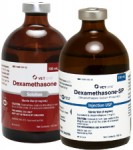 Dexamethasone is one of a class of drugs called corticosteroids. The most important effects of the corticosteroids are anti‑inflammatory; dexamethasone, and similar compounds, reduce inflammation of a variety of tissues. They are also used to control allergic reactions, as well as in the treatment of early stages of shock.. Various dexamethasone preparations may be given intravenously, in the muscle, orally, or on the surface of the body, as well as both on and in the eye. Buckets of dexamethasone may be used in some horse show circles, because some people feel that it is a calming agent (in some competitions, calmness is a desired attribute, but such use is against the letter of show rules).
Dexamethasone is one of a class of drugs called corticosteroids. The most important effects of the corticosteroids are anti‑inflammatory; dexamethasone, and similar compounds, reduce inflammation of a variety of tissues. They are also used to control allergic reactions, as well as in the treatment of early stages of shock.. Various dexamethasone preparations may be given intravenously, in the muscle, orally, or on the surface of the body, as well as both on and in the eye. Buckets of dexamethasone may be used in some horse show circles, because some people feel that it is a calming agent (in some competitions, calmness is a desired attribute, but such use is against the letter of show rules).
The side effect of concern with dexamethasone is laminitis. The thing is, nobody has even been able to cause a horse to develop laminitis by giving him dexamethasone (at any dose). Still, there’s an association that’s been made – some people have seen horses get laminitis after having received dexamathasone, as well as other corticosteroids – and there’s a warning about laminitis on the label of bottles of dexamethasone intended for IV injection. You would certainly not want to use dexamethasone more than is necessary, and in amounts greater than is necessary, but that’s the same with any drug. Just like bute, dexamethasone is largely safe, very effective, and remarkably inexpensive. It would be great if all horse drugs were like that.
Medication – any medication – is intended to cause a change in the horse’s body. An effective medication has some effect (there are plenty of things that are sold to horse owners that have no effect at all, but that’s another story). If a medication has an effect, there is also the potential for a side effect, that is, there’s a chance that as a result of a medication being given, something unexpected will happen.
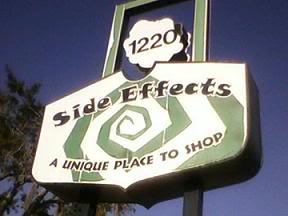 Of course, that’s the way life is in general. You go outside barefoot in the grass, and you generally enjoy the squishy feeling between your toes. Sometimes, you get a sticker in your foot, or you stub your toe. Maybe you’ll get bitten by a snake. That doesn’t mean that going outside barefoot is inherently dangerous, but there is a risk associated with the practice. It’s the same way with the driving story at the beginning. Your friend is right; you could be killed in a car trip. But the risk is so low, compared to the number of trips made, that no one even thinks about it, and if your friend ran up to you like that, you’d probably think he or she was an idiot. The risk is certainly no reason to start leaving home six hours early so that you can hike to work (and, of course, you might get run over doing that, too).
Of course, that’s the way life is in general. You go outside barefoot in the grass, and you generally enjoy the squishy feeling between your toes. Sometimes, you get a sticker in your foot, or you stub your toe. Maybe you’ll get bitten by a snake. That doesn’t mean that going outside barefoot is inherently dangerous, but there is a risk associated with the practice. It’s the same way with the driving story at the beginning. Your friend is right; you could be killed in a car trip. But the risk is so low, compared to the number of trips made, that no one even thinks about it, and if your friend ran up to you like that, you’d probably think he or she was an idiot. The risk is certainly no reason to start leaving home six hours early so that you can hike to work (and, of course, you might get run over doing that, too).
Just about everything that we do is associated with risks. But risks are only one side of the equation. We also consider benefits. To consider only risks is 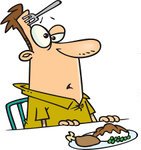 ridiculous – you might never put a fork in your mouth if you only considered that it’s possible to stick yourself on the inside of the cheek with one of the tines. So, as pertains to medication in horses, the real question is, “Do the benefits of the medication outweigh the risks?” With bute and dexamethasone, the answer to the question is overwhelmingly, “Yes.”
ridiculous – you might never put a fork in your mouth if you only considered that it’s possible to stick yourself on the inside of the cheek with one of the tines. So, as pertains to medication in horses, the real question is, “Do the benefits of the medication outweigh the risks?” With bute and dexamethasone, the answer to the question is overwhelmingly, “Yes.”
Of course, you shouldn’t be giving large, frequent doses of these drugs (or any drugs), and you probably shouldn’t be giving them at all without veterinary supervision. But to avoid them out of some fear of an overblown risk of some catastrophic side effect is just silly.
 One other note: there are plenty of people willing to take advantage of other people’s irrational fears. In fact, one of the selling points of many “alternatives” to medications such as bute or dexamethasone is that they don’t have those horrible side effects. That’s probably true – of course, they also don’t have any effects, so why waste your money? Personally, I think that pushing an ineffective product based on overblown fears of something being harmful is despicable, but, unfortunately, it seems to happen all the time.
One other note: there are plenty of people willing to take advantage of other people’s irrational fears. In fact, one of the selling points of many “alternatives” to medications such as bute or dexamethasone is that they don’t have those horrible side effects. That’s probably true – of course, they also don’t have any effects, so why waste your money? Personally, I think that pushing an ineffective product based on overblown fears of something being harmful is despicable, but, unfortunately, it seems to happen all the time.
Oh, and one more thing. Some stuff may be marketing as being free of side effects. In my experience, if something doesn’t have any side effects, it doesn’t have any effects, either. If some treatment really does something, there will always be some side effect. If there’s no side effect – or if it’s advertised as having no side effects – it’s usually a sign that you should just walk away.
Anyway, if you’re concerned about medication risks, ask your veterinarian (or send me an email and I’ll try to calm you down). Medication risks increase when medications aren’t used properly; the likelihood that you’ll wreck your car increases as you go faster, or add tasks like putting on mascara to driving 65 miles an hour. Nothing is completely harmless, but used properly, the risk of harm can be greatly minimized. When it comes to drugs and side effects, and most particularly bute and dexamethasone, you really shouldn’t be losing any sleep.


